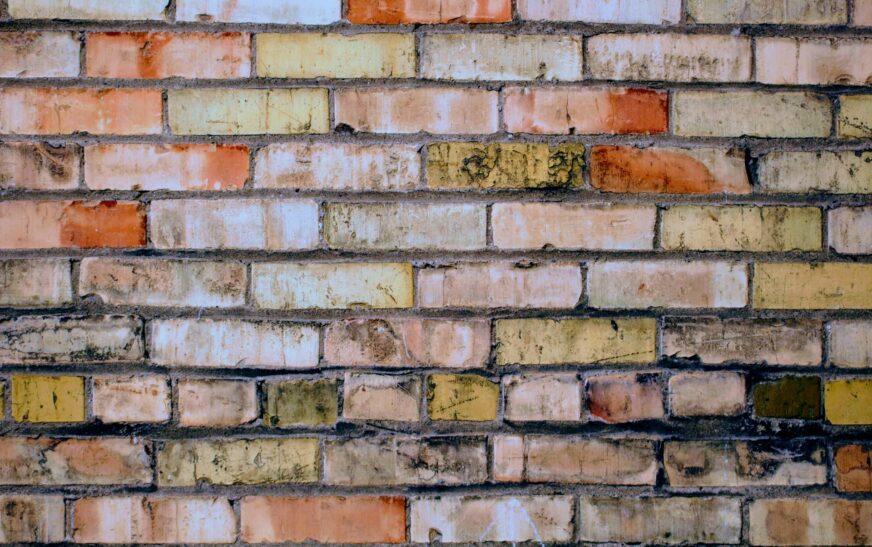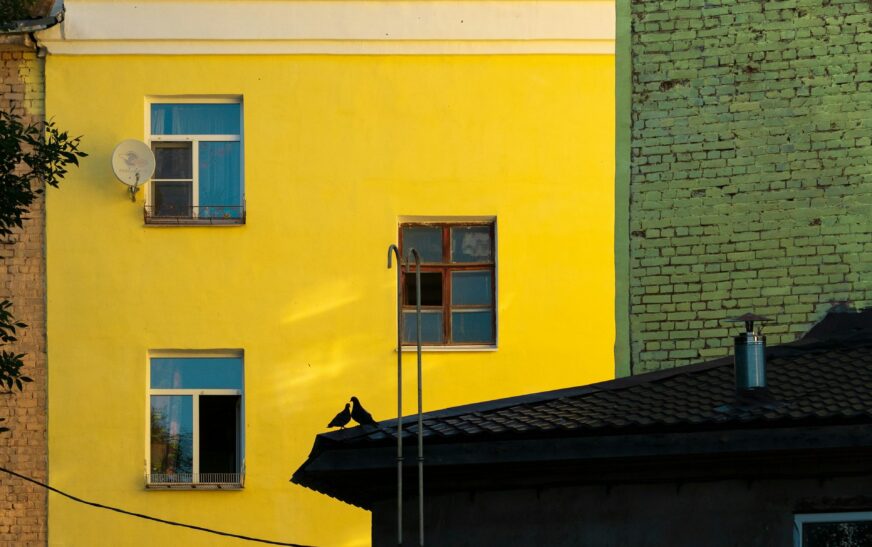So, you painted your brick—inside, outside, maybe both. Now you’re staring at it, proud… but also wondering: “Okay, how long before this thing starts peeling and mocking me?”
Here’s the truth: there’s no magic number. It could be 7 years, 15 years, or even decades. Or—if the job was rushed—it could start flaking faster than you can say “HGTV made it look so easy.”
The lifespan of painted brick isn’t about the calendar. It’s about four things: the paint, the prep, the climate, and the upkeep. Let’s unpack it.
The “Average” Lifespan (With a Huge Asterisk)
On paper, painted brick usually lasts 7 to 15 years before it needs a refresh. But here’s the catch:
- Do it right? Some painted brick stays gorgeous for 20+ years.
- Cut corners? It can peel in just a couple of seasons.
So instead of obsessing over a number, let’s talk about what actually makes the difference.
1. The Paint You Choose (a.k.a. The Relationship Status)
Not all paints vibe with brick. Some are soulmates, some are toxic exes.
- Silicate mineral paint – The gold standard. Breathes, bonds, lasts decades. Zero drama.
- Acrylic latex (masonry-specific) – The safe middle ground. With primer, expect a solid 7–10 years.
- Elastomeric coatings – Thick and protective, but risky. In humid or rainy areas, they trap moisture and can backfire fast.
Rule of thumb: brick needs paint that breathes. Trap moisture and you’re basically inviting peeling, blistering, and crumbling to the party.
2. Prep: The Unsung Hero
If paint is the star of the show, prep is the stage crew. Skip it, and the whole production bombs.
Good prep =
- Power washing off dirt, mildew, and efflorescence (that chalky white stuff).
- Fixing cracks and crumbly mortar.
- Using a masonry primer so the paint sticks like it should.
No prep? Your brick will start shedding paint like a bad sunburn.
3. Climate Is the Boss
Where you live is half the story.
- Humid/coastal areas: Moisture = faster breakdown.
- Hot, sunny places: Dark paint fades quicker under UV rays.
- Freeze-thaw climates: Water sneaks in, freezes, expands, and—boom—paint cracks and brick suffers.
- Interior brick: Basically a cheat code. It lasts way longer indoors.
4. Color Choice Actually Matters
Yes, even color changes the game:
- Light colors = reflect heat, fade slower.
- Dark colors = absorb heat, fade faster, stress the surface.
High-quality UV-resistant paint helps, but Mother Nature always has the upper hand.
Read More : What Paint to Use on Brick: Choosing the Right Formula for Lasting Impact
5. Maintenance = Bonus Years
Painted brick isn’t “set it and forget it.” It’s more like owning a car—it needs a little love to stay sharp.
- Wash it occasionally (dirt + mold = early wear).
- Touch up small chips before they spread.
- Reseal or refresh every few years if it’s outside and exposed.
Do this, and you’ll stretch those years way beyond the average.










